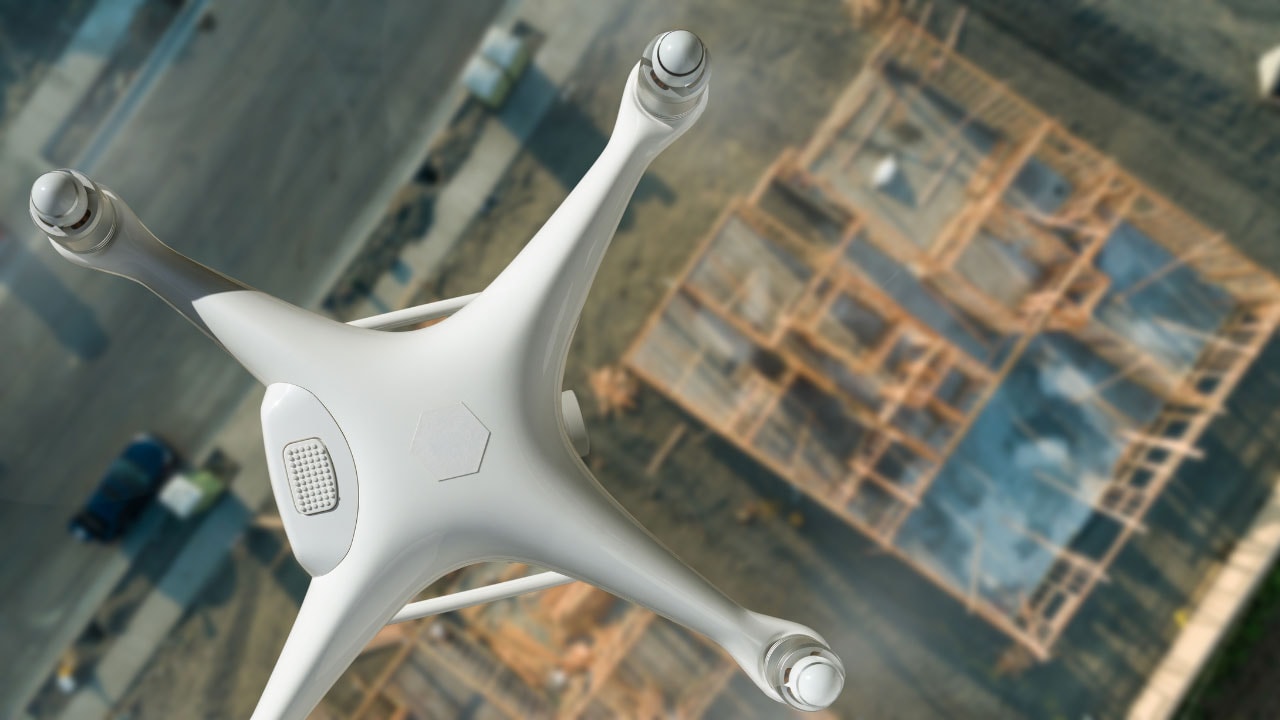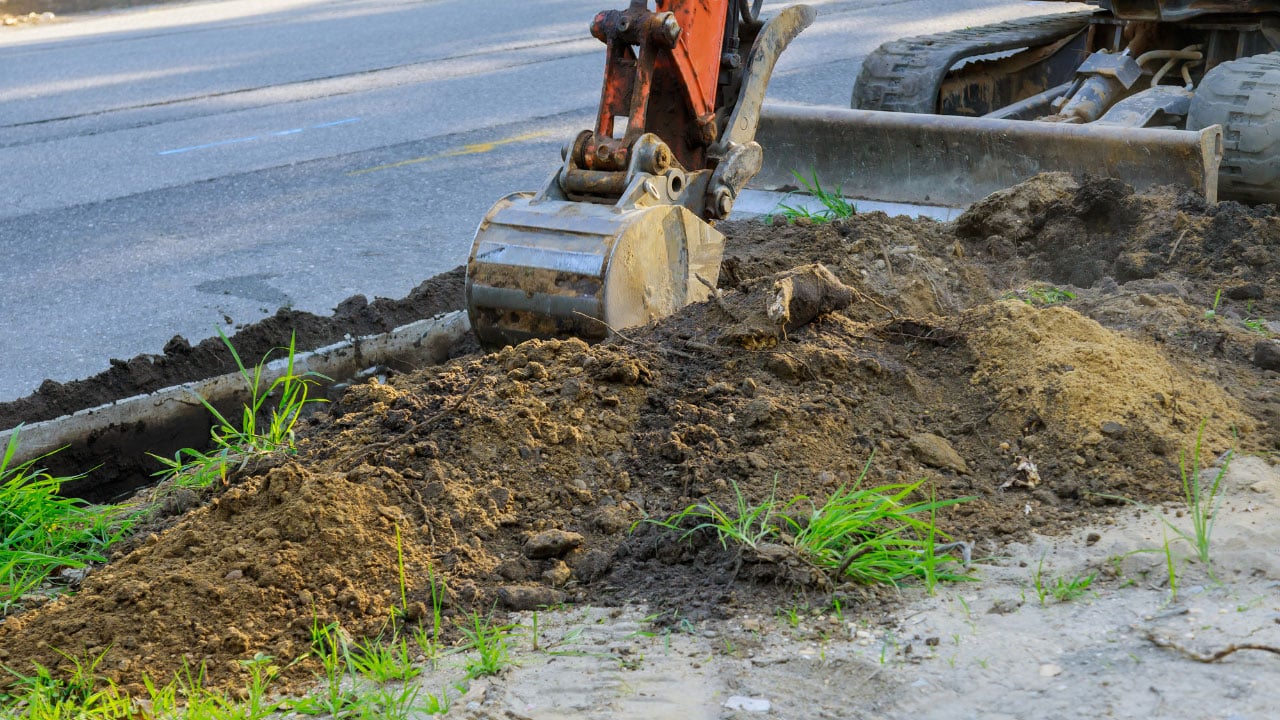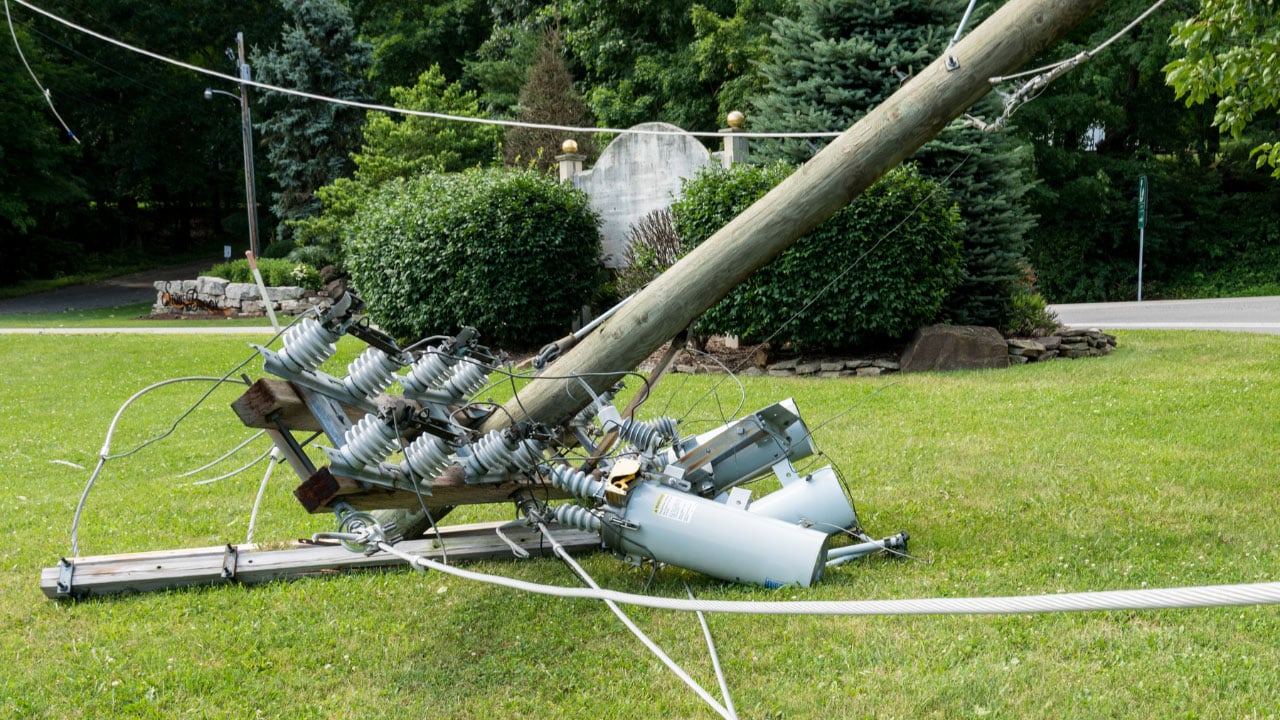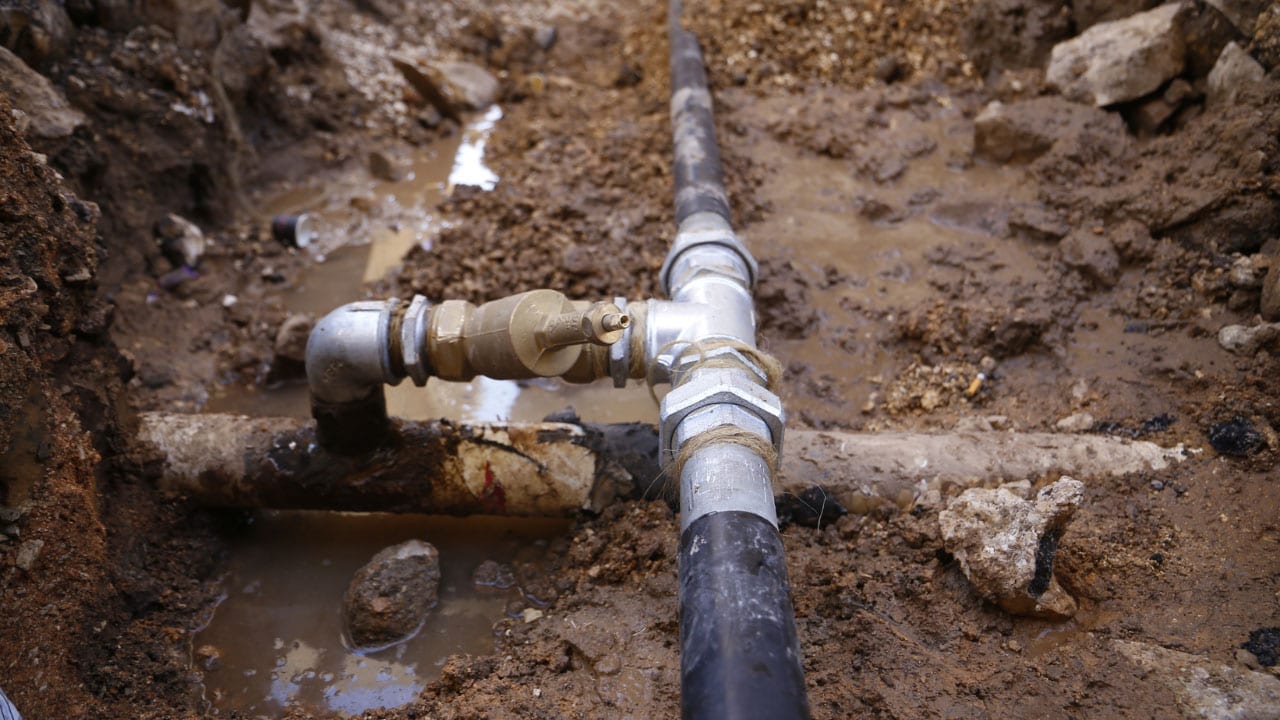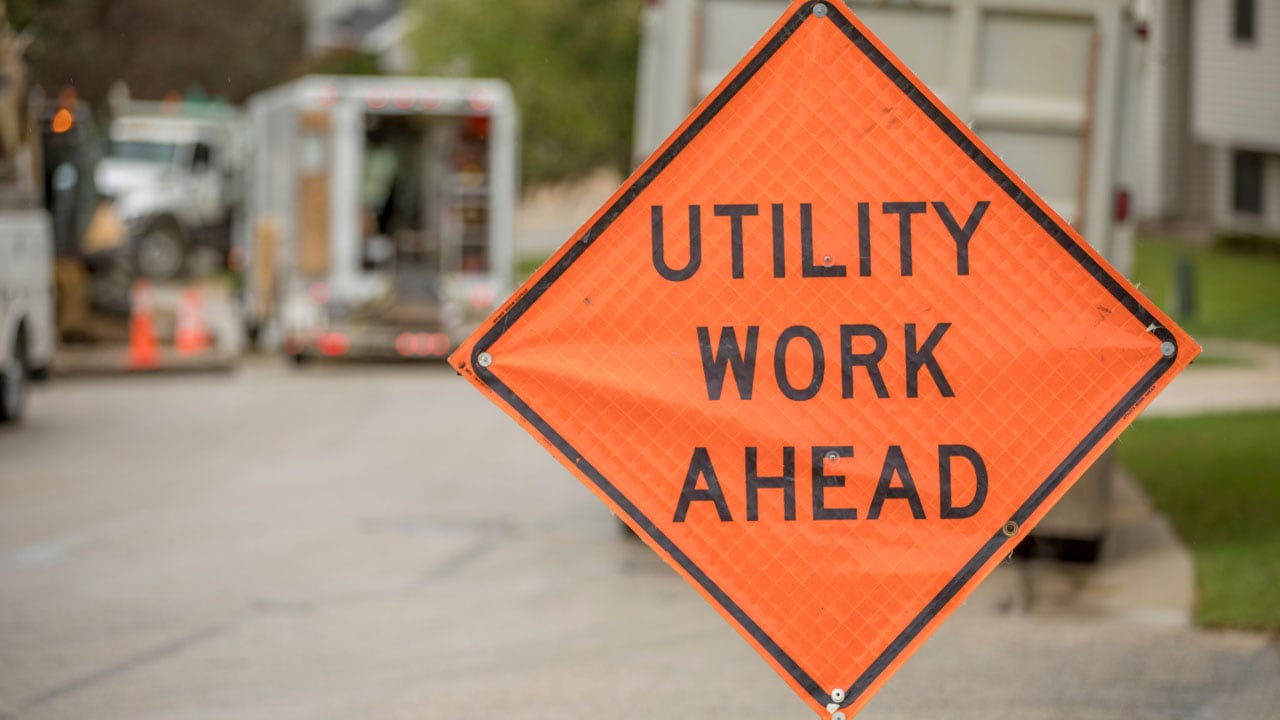Key Takeaways:
- Combining drones with ground-penetrating radar (GPR) improves the efficiency, accuracy, and safety of utility locating services.
- Enables faster data collection over large areas, improves accessibility to difficult locations, and ensures consistent data through automated flight paths.
- Reduces the need for human workers in potentially hazardous environments with features like remote operation, obstacle avoidance, and minimized exposure.
- Stable platforms, advanced sensors, and georeferencing capabilities provide more precise data collection for utility locating.
- Useful in construction, environmental assessments, and archaeology (mapping utilities, contamination, and buried structures).
In recent years, the integration of drone technology with ground-penetrating radar (GPR) has revolutionized the field of utility locating services.
This combination has vastly improved the efficiency, accuracy, and safety of subsurface investigations.
In this blog, we will explore the various ways in which drone technology enhances GPR, and how these advancements benefit utility locating services.
The Basics of Ground-Penetrating Radar
Ground penetrating radar is a non-invasive geophysical method that uses radar pulses to image the subsurface. It is widely used for detecting underground utilities, geological features, and other subsurface anomalies.
Key Benefits of GPR
- High Resolution: Provides detailed images of the subsurface.
- Versatility: Effective in a variety of soil conditions and environments.
- Safety: Minimizes the risk of damaging underground utilities during excavation.
The Role of Drone Technology in GPR
Drone technology has significantly enhanced the capabilities of ground-penetrating radar in utility locating services. Drones offer several advantages that improve the efficiency and accuracy of GPR surveys.
Enhanced Data Collection
Drones equipped with GPR can cover large areas quickly and efficiently. This allows for more comprehensive data collection in less time compared to traditional ground-based methods.
- Speed: Drones can survey large areas much faster than manual methods.
- Accessibility: Drones can access areas that are difficult or dangerous for humans to reach.
- Consistency: Automated flight paths ensure consistent data collection across the survey area.
Improved Safety
Using drones for GPR surveys enhances safety by reducing the need for human operators to work in potentially hazardous environments.
- Remote Operation: Drones can be operated remotely, keeping personnel safe from physical hazards.
- Obstacle Avoidance: Modern drones are equipped with obstacle detection and avoidance systems.
- Minimized Exposure: Reduces the exposure of workers to harmful environments. This includes contaminated sites.
Higher Accuracy
The integration of drones with GPR improves the accuracy of utility locating services. This is done by providing more precise data collection.
- Stable Platforms: Drones provide a stable platform for GPR equipment. They reduce data noise and improve accuracy.
- Advanced Sensors: Equipped with advanced sensors, drones can capture high-resolution data.
- Georeferencing: Drones can be equipped with GPS and other positioning systems. This will provide accurate georeferencing of GPR data.
Applications of Drone-GPR Integration in Utility Locating Services
The combination of drones and ground-penetrating radar has numerous applications. These include construction, infrastructure projects, environmental assessments, and archaeological investigations.
Utility Mapping
Drones equipped with GPR can efficiently map underground utilities. They provide valuable information for construction and excavation projects.
- Comprehensive Surveys: Cover large areas quickly, identifying all underground utilities.
- Detailed Mapping: Create detailed maps of utility locations and depths.
- Risk Mitigation: Help avoid accidental utility damage during excavation.
Environmental Assessments
Drones with GPR are used in environmental assessments to detect subsurface contamination, buried waste, and other environmental hazards.
- Non-Invasive: Conduct surveys without disturbing the ground.
- Wide Coverage: Survey large areas efficiently.
- Accurate Detection: Identify and map subsurface contamination and hazards.
Archaeological Investigations
In archaeology, drones equipped with GPR provide a non-invasive method for exploring. As well as mapping buried structures and artifacts.
- Site Surveys: Quickly survey large archaeological sites.
- Subsurface Imaging: Provide detailed images of buried structures and artifacts.
- Preservation: Conduct investigations without disturbing the site.
Best Practices for Drone-GPR Surveys
To maximize the benefits of drone-GPR integration in utility locating services, it is important to follow best practices. Here are some key considerations:
Pre-Survey Planning
Proper planning is essential for a successful drone-GPR survey. This includes selecting the right equipment, planning flight paths, and obtaining necessary permits.
- Equipment Selection: Choose the appropriate drone and GPR equipment for the survey.
- Flight Path Planning: Plan flight paths to ensure comprehensive coverage and data consistency.
- Permits and Approvals: Obtain any necessary permits and approvals for drone operations.
Data Processing and Analysis
Processing and analyzing the data collected by drone-GPR surveys is crucial for obtaining accurate and actionable results.
- Data Processing: Use specialized software to process GPR data and create subsurface images.
- Georeferencing: Ensure accurate georeferencing of GPR data for precise mapping.
- Data Interpretation: Interpret the data to identify and map underground utilities and anomalies.
Future Prospects of Drone-GPR Integration
The integration of drones and ground-penetrating radar is still evolving. These include new advancements and emerging applications.
Future developments are likely to further enhance the capabilities. As well as the benefits of this technology in utility locating services.
Advanced Sensor Integration
Future drones may be equipped with more advanced sensors. This further improves the accuracy and resolution of GPR surveys.
- Multi-Sensor Platforms: Integrate GPR with other sensors. These include LiDAR and thermal imaging, for comprehensive subsurface mapping.
- Higher Resolution: Develop higher-resolution GPR sensors for more detailed subsurface imaging.
Autonomous Operation
Advancements in drone autonomy could enable fully autonomous GPR surveys. These reduce the need for human intervention and further improve efficiency.
- Automated Flight Planning: Use AI and machine learning to automatically plan and optimize flight paths.
- Real-Time Data Processing: Process and analyze GPR data in real-time during the survey.
The Evolution of Drone-GPR Integration
The combination of drones and ground-penetrating radar is a cutting-edge advancement in the field of subsurface exploration. This technology is continually evolving. It brings new opportunities and applications to utility locating services.
Historical Context
Traditionally, GPR surveys were conducted manually, requiring significant time and effort, especially over large or inaccessible areas. The advent of drone technology has dramatically changed this landscape.
By mounting GPR equipment on drones, the process has become more efficient and less labor-intensive.
Technological Advancements
Several key technological advancements have contributed to the successful integration of drones. As well as GPR in utility locating services:
- Miniaturization of GPR Equipment: The development of smaller, lighter GPR units suitable for drone mounting.
- Improved Drone Capabilities: Enhanced flight stability, longer battery life, and increased payload capacity of modern drones.
- Advanced Data Processing Software: Tools that can handle the complex data sets generated by drone-GPR surveys. They provide clear and actionable insights.
Enhance Your Utility Locating Projects with Drone-GPR Technology
Leverage the power of drone-GPR integration for your next utility locating project in California. Util-Locate offers state-of-the-art utility locating services using advanced ground-penetrating radar technology, ensuring accurate and efficient results.
Contact us today to learn how our innovative solutions can benefit your projects and enhance safety and precision.

